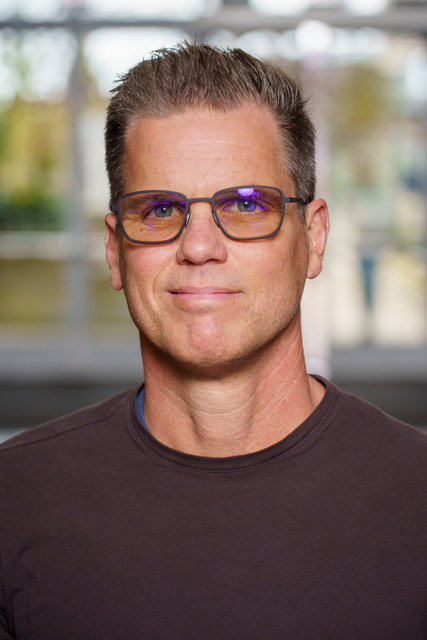
Welcome to the Department of Structural Engineering at the University of California San Diego! As the nation’s only accredited structural engineering program, you’ve found a unique academic home. Here you will discover our holistic view of what a ‘structure’ is…which is just about anything. The phone or computer screen on which you are reading this? That’s a structure. The chair on which you are sitting? That’s a structure, too. The buildings you are in, the cars you drive, the bridges you drive over, the planes you fly in, the dams that store our water, or the levees that block unwanted water are all structures. Structures even extend down to the nanoscale. Think about that: a structural engineer could be involved with projects that function across twelve orders of magnitude!
Fundamentally, we teach the principles of mechanics, materials, analysis, and design, and we apply those integrated ideas to a wide spectrum of societal applications. Undergraduate majors seeking a B.S. in Structural Engineering can tune this broad training in upper-division focus sequences including civil structures, aerospace structures, geotechnical structures, computational modeling and analysis, or structural health monitoring/nondestructive evaluation. At the Master’s (M.S.) level, we offer three specialized programs, including Structural Engineering, Structural Engineering with a Specialization in Structural Health Monitoring, and Geotechnical Engineering, with even more options to come. Our M.S. programs are designed to be completed in 3-4 quarters and provide the advanced training necessary to enter the engineering practice competitively or to springboard into a Ph.D. program.
Our Ph.D. program serves as a true testament to the remarkable diversity of our cutting-edge research in the field of structural engineering. Take a glimpse at our Research Highlights for a small sample. We are designing and testing civil infrastructure systems at full scale to improve their earthquake resilience and mitigate societal impact of earthquakes; we are developing and testing monitoring and inspection methods for aerospace structures made of advanced composites; we are building entire “digital twin” models of our nation’s inland waterway navigation structures to optimize their life cycle usage; we are designing new Industry 4.0 additive manufacturing strategies and the tools to monitor them; we are exploring new materials and intervention methods to protect structures and human beings against extreme events like explosions and impacts; we are exploiting machine learning, the “internet-of-things”, visual analytics, and the data science revolution to build and accelerate advanced computational methods to improve the performance of structures, including renewable energy production; and we are even modeling biological structures to understand how to mimic their performance in engineered structures.
I challenge anyone to find a broader spectrum of work than our engineers experience here in the Department of Structural Engineering. Our graduates from all levels have moved on to successful careers that are just as broad as our programs. We proudly see our bright alumni in civil, transportation, and construction firms and agencies, the aerospace and automotive industries, the energy sector, in a variety of government and national laboratory positions, academia, and many more. Our alumni have started their own companies over a range of applications, including advanced seismic designs, novel materials and sensors, advanced optical diagnostics for additive manufacturing, and even risk-quantified hedge fund management! Your journey in the Department of Structural Engineering is wide-open for exploration. You will find a diverse group of faculty and staff who are passionate about their endeavors and are invested in your success. Please explore our website and let us be collaborative partners on your academic and career journey.
Sincerely,
Michael D. Todd
Distinguished Professor and Chair
Department of Structural Engineering
University of California San Diego
